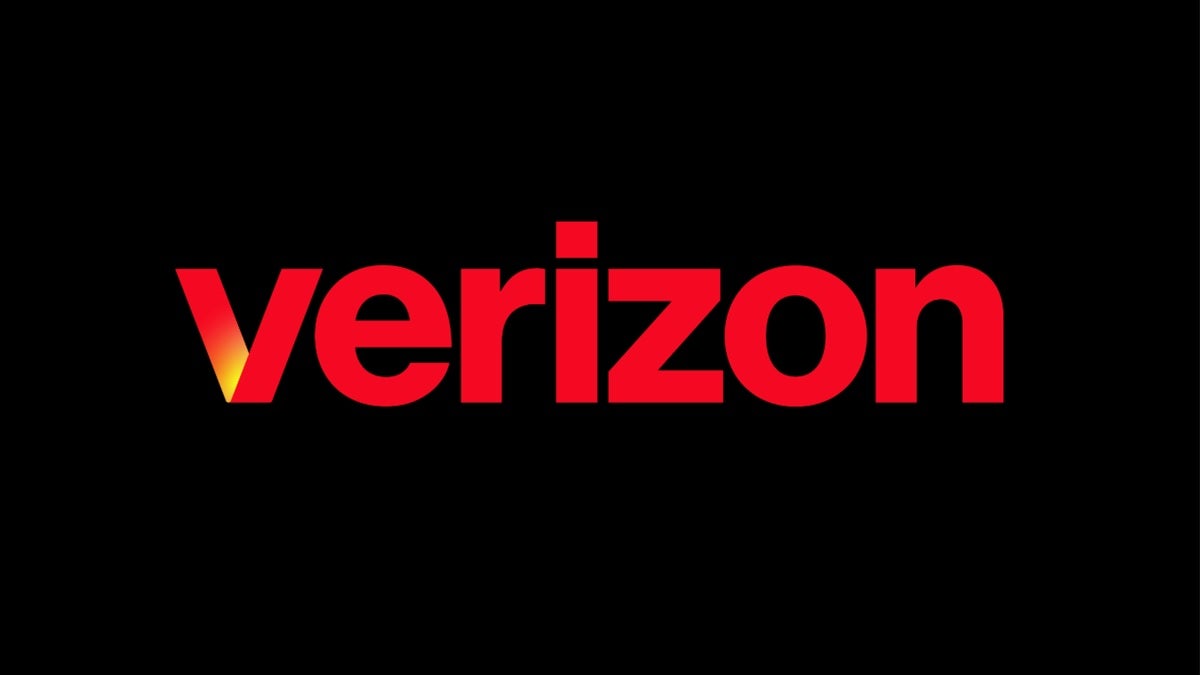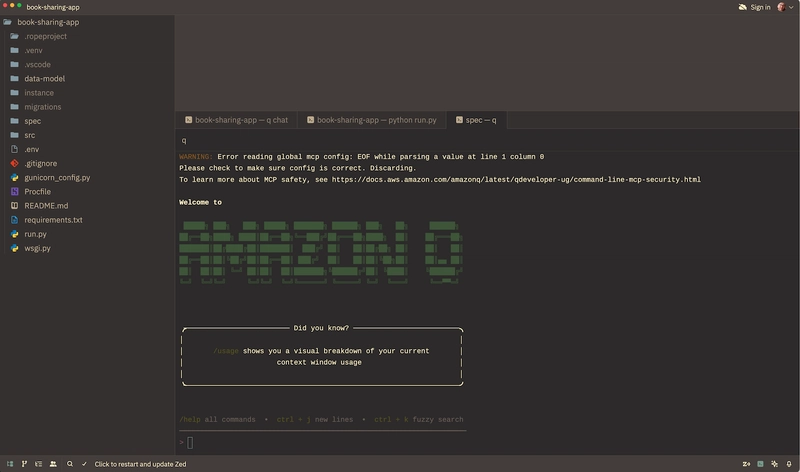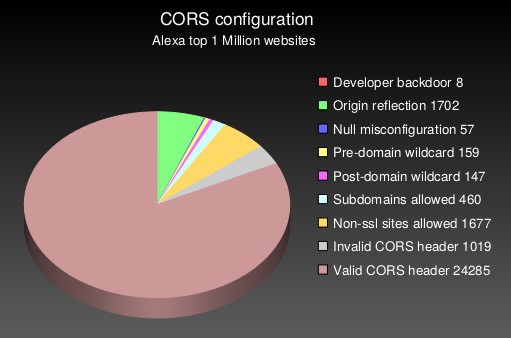From Paperwork to Performance: Why HR Systems Matter More Than Ever
Managing employees used to mean piles of paperwork, manual files, and hours spent on tracking attendance, payroll, and hiring. For many growing businesses, this old way of working still causes delays, mistakes, and frustration. In today’s fast-moving world, outdated HR methods just don’t work anymore. That’s where a Human Resource Management System (HRMS) comes in. It’s not just software—it’s a smarter way to manage your people. From storing employee records to automating payroll and tracking performance, an HRMS takes care of routine tasks so your HR team can focus on real results. In 2025, businesses are not just looking to manage their workforce—they want to improve productivity, support employee growth, and make better decisions. An HRMS helps you do exactly that. Whether you have 10 employees or 1,000, the right system can transform your HR department from a paperwork-heavy team to a performance-driven one. In this blog, we’ll guide you through how modern HR systems work, why they’re important, and how they can help your business grow. What Is a Human Resource Management System (HRMS)? A Human Resource Management System (HRMS) is a digital tool that helps businesses manage their employees more efficiently. It replaces paper files, spreadsheets, and manual processes with one easy-to-use software. At its core, an HRMS is designed to handle all key HR tasks in one place. These include: Employee records – Store all employee data such as contact details, job roles, documents, and salary info. Attendance and leave tracking – Monitor working hours, leaves, holidays, and overtime automatically. Payroll management – Automate salary calculations, tax deductions, and payslip generation. Recruitment – Post job openings, manage applications, and onboard new hires faster. Performance tracking – Set goals, track employee progress, and review performance on a regular basis. Compliance management – Keep up with legal rules related to labor, tax, and company policies. An HRMS saves time, reduces errors, and helps HR teams focus on supporting employees instead of doing routine admin work. Whether you're managing five people or five hundred, this system brings everything together in one dashboard—making HR smoother, faster, and smarter. Traditional HR Challenges That Hold Businesses Back For many years, businesses have relied on manual processes to manage their HR tasks. While this might work for very small teams, it quickly becomes a problem as a company starts to grow. Without the right system in place, HR teams spend most of their time on paperwork instead of focusing on employee support and business growth. Let’s look at some of the key challenges that come with traditional HR methods: 1. Too Much Paperwork and Manual Work From leave forms to printed resumes and salary slips, everything needs to be handled by hand. This takes a lot of time, increases workload, and often leads to lost documents or missed information. 2. Payroll Mistakes Are Common Without automation, payroll is handled manually—making it easy to enter the wrong figures, miss deductions, or delay payments. These errors can upset employees and harm your company’s trust. 3. Scattered Employee Information Details like contact info, joining dates, job roles, and leave history are often stored in different files or folders. When HR needs quick access, it becomes hard to find accurate and updated records. 4. Recruitment Takes Too Long Posting job openings, receiving emails from applicants, and manually shortlisting candidates makes hiring slow and inefficient. Many good candidates are lost simply because there’s no organized system in place. 5. No Real-Time Performance Tracking In many companies, performance reviews are done once or twice a year—and often based on opinions rather than real performance data. This can lead to unfair reviews and poor motivation. 6. Staying Updated with Rules Is Hard Labor laws, tax updates, and employee benefits rules keep changing. Without an automated system, staying compliant becomes difficult, and the business risks penalties or legal issues. 7. Lack of Employee Engagement Manual processes don’t give employees easy access to their data or leave balances. There’s no proper communication or feedback system, which affects satisfaction and involvement. Modern HR challenges are not just about handling tasks—they’re about handling them better, faster, and smarter. As business needs evolve, relying on outdated methods can slow you down and hurt your company’s growth. The Key Benefits of HRMS for Businesses Implementing an HRMS comes with a range of benefits that extend beyond just saving time and reducing errors. These systems are designed to streamline operations, improve decision-making, and boost overall productivity. Let’s dive into the major advantages businesses can expect from an HRMS: 1. Increased Efficiency and Time Savings An HRMS automates time-consuming tasks like
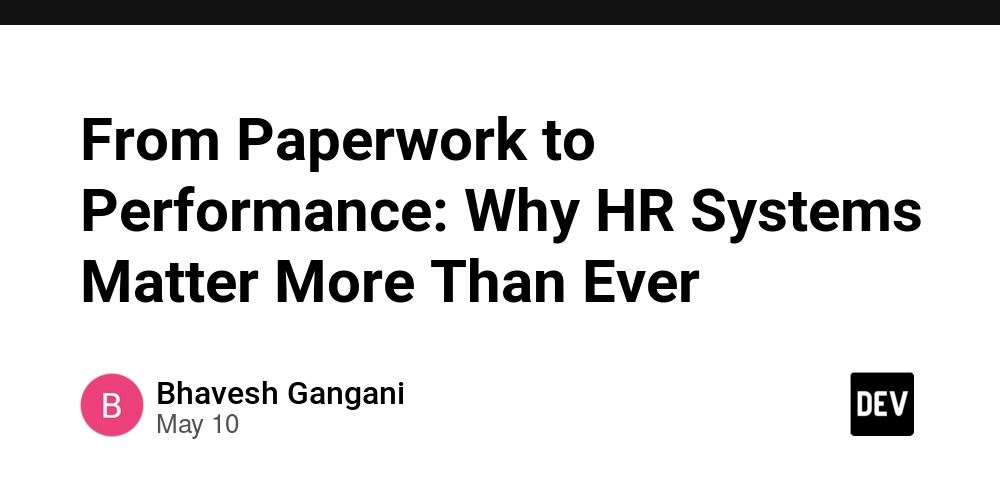
Managing employees used to mean piles of paperwork, manual files, and hours spent on tracking attendance, payroll, and hiring. For many growing businesses, this old way of working still causes delays, mistakes, and frustration. In today’s fast-moving world, outdated HR methods just don’t work anymore.
That’s where a Human Resource Management System (HRMS) comes in. It’s not just software—it’s a smarter way to manage your people. From storing employee records to automating payroll and tracking performance, an HRMS takes care of routine tasks so your HR team can focus on real results.
In 2025, businesses are not just looking to manage their workforce—they want to improve productivity, support employee growth, and make better decisions. An HRMS helps you do exactly that. Whether you have 10 employees or 1,000, the right system can transform your HR department from a paperwork-heavy team to a performance-driven one.
In this blog, we’ll guide you through how modern HR systems work, why they’re important, and how they can help your business grow.
What Is a Human Resource Management System (HRMS)?
A Human Resource Management System (HRMS) is a digital tool that helps businesses manage their employees more efficiently. It replaces paper files, spreadsheets, and manual processes with one easy-to-use software.
At its core, an HRMS is designed to handle all key HR tasks in one place. These include:
Employee records – Store all employee data such as contact details, job roles, documents, and salary info.
Attendance and leave tracking – Monitor working hours, leaves, holidays, and overtime automatically.
Payroll management – Automate salary calculations, tax deductions, and payslip generation.
Recruitment – Post job openings, manage applications, and onboard new hires faster.
Performance tracking – Set goals, track employee progress, and review performance on a regular basis.
Compliance management – Keep up with legal rules related to labor, tax, and company policies.
An HRMS saves time, reduces errors, and helps HR teams focus on supporting employees instead of doing routine admin work. Whether you're managing five people or five hundred, this system brings everything together in one dashboard—making HR smoother, faster, and smarter.
Traditional HR Challenges That Hold Businesses Back
For many years, businesses have relied on manual processes to manage their HR tasks. While this might work for very small teams, it quickly becomes a problem as a company starts to grow. Without the right system in place, HR teams spend most of their time on paperwork instead of focusing on employee support and business growth.
Let’s look at some of the key challenges that come with traditional HR methods:
1. Too Much Paperwork and Manual Work
From leave forms to printed resumes and salary slips, everything needs to be handled by hand. This takes a lot of time, increases workload, and often leads to lost documents or missed information.
2. Payroll Mistakes Are Common
Without automation, payroll is handled manually—making it easy to enter the wrong figures, miss deductions, or delay payments. These errors can upset employees and harm your company’s trust.
3. Scattered Employee Information
Details like contact info, joining dates, job roles, and leave history are often stored in different files or folders. When HR needs quick access, it becomes hard to find accurate and updated records.
4. Recruitment Takes Too Long
Posting job openings, receiving emails from applicants, and manually shortlisting candidates makes hiring slow and inefficient. Many good candidates are lost simply because there’s no organized system in place.
5. No Real-Time Performance Tracking
In many companies, performance reviews are done once or twice a year—and often based on opinions rather than real performance data. This can lead to unfair reviews and poor motivation.
6. Staying Updated with Rules Is Hard
Labor laws, tax updates, and employee benefits rules keep changing. Without an automated system, staying compliant becomes difficult, and the business risks penalties or legal issues.
7. Lack of Employee Engagement
Manual processes don’t give employees easy access to their data or leave balances. There’s no proper communication or feedback system, which affects satisfaction and involvement.
Modern HR challenges are not just about handling tasks—they’re about handling them better, faster, and smarter. As business needs evolve, relying on outdated methods can slow you down and hurt your company’s growth.
The Key Benefits of HRMS for Businesses
Implementing an HRMS comes with a range of benefits that extend beyond just saving time and reducing errors. These systems are designed to streamline operations, improve decision-making, and boost overall productivity. Let’s dive into the major advantages businesses can expect from an HRMS:
1. Increased Efficiency and Time Savings
An HRMS automates time-consuming tasks like payroll processing, leave tracking, and benefits management. With everything integrated into one platform, HR teams can spend less time on administrative work and more time on strategic tasks. This leads to better use of resources and increased overall efficiency.
2. Cost Savings
While there is an initial investment in implementing an HRMS, the long-term savings are significant. By automating tasks and reducing the need for paper-based processes, businesses cut down on administrative costs. The system also helps avoid costly payroll mistakes and fines due to compliance errors.
3. Improved Employee Experience
HRMS systems offer a self-service portal where employees can access their personal data, request time off, view payslips, and track their performance. This transparency and easy access empower employees to take control of their HR-related needs and improve their overall satisfaction with the company.
4. Better Data Accuracy
Manual data entry increases the risk of mistakes, but an HRMS reduces this risk by automating key processes. With real-time data entry and updates, businesses can be confident that the information they’re using is accurate and up-to-date. This is especially important when making decisions regarding promotions, salary increases, or compliance checks.
5. Data-Driven Decision Making
HRMS software provides valuable analytics and insights on workforce performance, turnover rates, hiring trends, and more. With access to this data, business leaders can make informed decisions about recruitment, employee development, and resource allocation. This helps in shaping future HR strategies and aligning them with company goals.
6. Enhanced Compliance and Reduced Risk
As labor laws and tax regulations continue to evolve, it becomes harder for businesses to keep up manually. HRMS systems update compliance features automatically, ensuring that businesses stay compliant with current laws and regulations. This reduces the risk of fines, legal complications, or even employee lawsuits.
7. Scalability for Growth
Whether your company is expanding or shrinking, an HRMS is designed to scale with your business needs. As you hire more employees or open new locations, the system adapts, allowing you to manage a growing workforce without losing control over HR processes. It supports businesses of all sizes, from small startups to large enterprises.
8. Improved Recruitment and Retention
An HRMS makes it easier to attract and retain top talent by streamlining recruitment processes. It can help identify the right candidates through better data collection, interview scheduling, and candidate tracking. Additionally, the ability to offer transparent feedback and career development opportunities via the system can improve employee retention.
Overall, an HRMS is an investment that pays off in many ways. It saves time, cuts costs, improves compliance, and enhances the employee experience. Businesses that adopt this technology not only keep up with industry standards but also set themselves up for growth and success.
How to Choose the Right HRMS for Your Business
Choosing the right HRMS can be a game-changer for your business. With so many options available, it's important to select a system that aligns with your specific needs and growth plans. Here are some essential factors to consider when making your decision:
1. Understand Your Business Needs
Before diving into HRMS options, take some time to assess your business's HR requirements. Does your company need a system for basic payroll and attendance tracking, or do you require more advanced features like performance management, recruitment, and compliance tracking? Define your must-have features and prioritize them to make the decision process easier.
2. Scalability
As your business grows, so will your HR needs. Choose an HRMS that can grow with your company, whether you’re planning to expand your workforce, open new offices, or introduce new HR policies. Look for systems that offer scalability, so you don’t outgrow the platform as your business evolves.
3. Ease of Use
An HRMS should be user-friendly for both HR staff and employees. If the system is too complicated or difficult to navigate, it can lead to frustration, errors, and lower adoption rates. Consider systems that offer intuitive interfaces, self-service portals, and easy-to-follow workflows to ensure smooth usage across all teams.
4. Integration with Existing Systems
Your HRMS should seamlessly integrate with other business software, such as accounting, ERP, or project management systems. Integration ensures that data flows smoothly between systems, reducing errors and manual data entry. This also enhances overall productivity, as HR teams can access relevant data from different sources in one place.
5. Customization Options
Every business has unique processes and needs. It’s essential to choose an HRMS that can be customized to fit your specific requirements. Look for software that offers flexible configurations, such as custom fields, workflows, and reports, so the system works according to your business model.
6. Security and Data Privacy
Employee data is highly sensitive, so security should be a top priority when choosing an HRMS. Ensure that the system adheres to data protection standards, such as GDPR, and has strong encryption and backup features. This will give you peace of mind knowing that your business and employees’ data are safe and secure.
7. Customer Support
A good HRMS provider should offer excellent customer support. Whether you need help during implementation or ongoing troubleshooting, having access to reliable and responsive support is essential. Check for available support channels, such as live chat, phone, email, or even in-person assistance, to ensure you can get help when needed.
8. Pricing and Return on Investment (ROI)
While cost is always a factor, it’s important to consider the return on investment (ROI) when choosing an HRMS. A more expensive system may offer advanced features, but it should also deliver measurable value in terms of time savings, improved efficiency, and error reduction. Look for pricing models that match your budget and business needs, such as subscription-based or one-time fees.
9. User Reviews and Recommendations
Before finalizing your decision, take a look at user reviews and ask for recommendations from peers in your industry. Real user experiences can provide valuable insights into the system's strengths and weaknesses. You can also request product demos or free trials to test the software before making a commitment.
Choosing the right HRMS for your business is crucial to streamlining your HR processes, boosting efficiency, and supporting growth. By considering your business needs, scalability, ease of use, and other factors, you’ll be able to make an informed decision that benefits both HR teams and employees.
How to Implement an HRMS in Your Business
Implementing a Human Resource Management System (HRMS) can be a transformative experience for your business, but it’s essential to approach the process strategically to ensure success. A well-planned implementation can streamline HR functions, improve employee engagement, and enhance decision-making. Here’s a step-by-step guide to implementing an HRMS in your business:
1. Define Your Objectives
The first step in a successful HRMS implementation is to clearly define your objectives. What specific problems are you looking to solve with an HRMS? Are you trying to improve recruitment, manage payroll more efficiently, or automate performance evaluations? Defining your goals will help you choose the right system and set a clear roadmap for the implementation process.
2. Select the Right HRMS
After defining your objectives, it’s time to select the right HRMS platform that meets your business needs. Consider the features, scalability, and user-friendliness of the system. You’ll also want to think about the future of your business and how the HRMS will scale as your company grows. Make sure the system is customizable to match your company’s unique processes and complies with local regulations.
3. Prepare Your Team
Implementing an HRMS is a team effort. Prepare your HR team, IT department, and other stakeholders by informing them about the benefits of the new system and involving them in the decision-making process. Training is crucial to ensure that everyone knows how to use the system effectively. You may need to schedule training sessions or provide resources like user manuals and tutorials to help your team get up to speed.
4. Data Migration
One of the most critical steps in the implementation process is data migration. You’ll need to move your existing HR data, such as employee records, payroll information, benefits, and performance reviews, into the new system. This step requires accuracy and careful planning to ensure that no data is lost or corrupted. It’s also a good idea to clean up outdated or incorrect data before migrating it to the new HRMS.
5. Integration with Other Systems
To maximize the value of your HRMS, it’s essential to integrate it with other software systems you’re using, such as payroll software, accounting systems, or employee time-tracking tools. Integration ensures seamless data flow between systems, reduces manual data entry, and eliminates the risk of errors. Work with your HRMS provider or IT team to ensure the system integrates smoothly with your existing tools.
6. Customization and Configuration
While most HRMS platforms come with pre-built features, you may need to customize the system to meet your unique business requirements. This could involve setting up custom fields, workflows, and approval processes. Configuring the system to reflect your company’s HR policies and procedures is crucial for ensuring that the system supports your internal processes and organizational structure.
7. Pilot Testing
Before fully rolling out the HRMS across the organization, conduct pilot testing with a small group of employees. This phase allows you to identify any issues with the system and make adjustments before the full implementation. Encourage feedback from the pilot group to identify areas for improvement and ensure that the system meets your business needs.
**8. Full Rollout
**Once the system has been thoroughly tested and any issues have been addressed, it’s time for the full rollout. Communicate the launch to all employees and provide them with the necessary training and support to ensure they can navigate the system confidently. Offer help desk support and resources for any employees who may encounter difficulties in using the system.
9. Monitor and Optimize
The implementation doesn’t end once the system is live. It’s important to continuously monitor the performance of the HRMS and gather feedback from users. Are employees and HR teams able to use the system effectively? Are there any bottlenecks or features that need improvement? Regular monitoring will help you identify areas for optimization and ensure that the system continues to meet your business needs.
10. Ongoing Support and Maintenance
HRMS systems require ongoing support and maintenance to ensure they continue running smoothly. Make sure you have a dedicated support team in place, whether from your HRMS provider or an in-house IT team. Regular updates and security patches will help protect your system from vulnerabilities and keep it in line with changing HR regulations.
*Conclusion: *
In today’s competitive business landscape, a Human Resource Management System (HRMS) is essential for organizations aiming to streamline HR tasks, improve efficiency, and enhance employee satisfaction. By automating processes like payroll, recruitment, and performance management, HRMS helps businesses save time and reduce errors.
With real-time data and analytics, HRMS enables better decision-making, supporting growth and ensuring compliance with regulations. It also provides employees with a better experience, offering self-service options and easy access to HR information.
In short, adopting an HRMS is not just about improving HR functions—it's about empowering your entire business. With the right HRMS, your company can become more efficient, responsive, and ready to meet the challenges of the future.












































































































































































![[The AI Show Episode 146]: Rise of “AI-First” Companies, AI Job Disruption, GPT-4o Update Gets Rolled Back, How Big Consulting Firms Use AI, and Meta AI App](https://www.marketingaiinstitute.com/hubfs/ep%20146%20cover.png)











































































































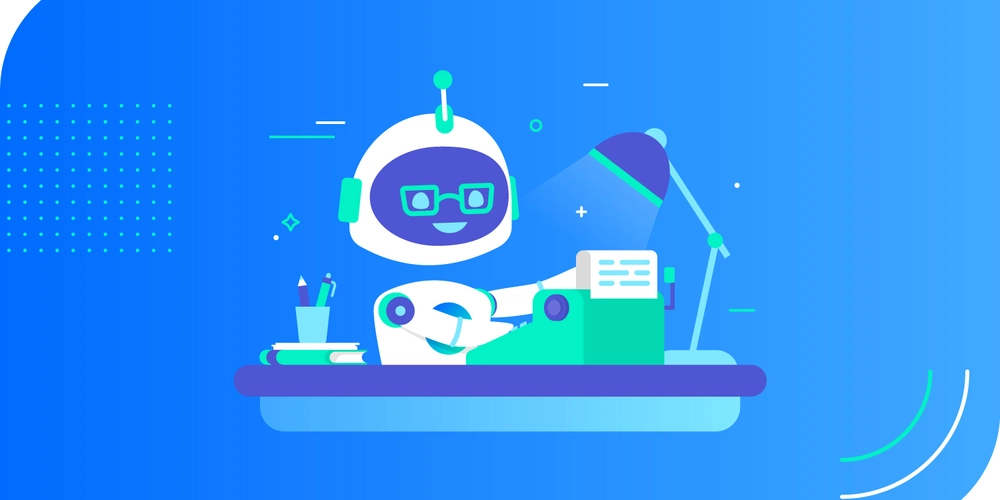

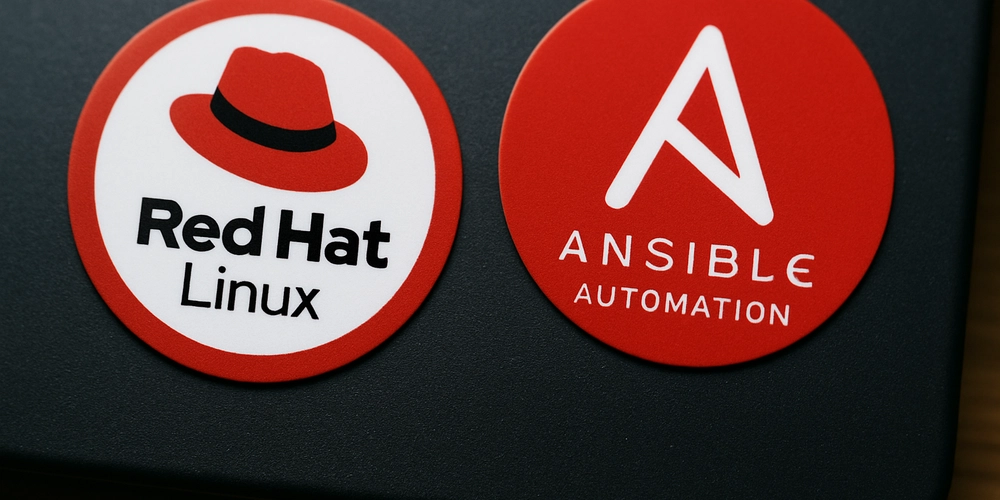












![[DEALS] Internxt Cloud Storage Lifetime Subscription: 10TB Plan (88% off) & Other Deals Up To 98% Off – Offers End Soon!](https://www.javacodegeeks.com/wp-content/uploads/2012/12/jcg-logo.jpg)


![Ditching a Microsoft Job to Enter Startup Purgatory with Lonewolf Engineer Sam Crombie [Podcast #171]](https://cdn.hashnode.com/res/hashnode/image/upload/v1746753508177/0cd57f66-fdb0-4972-b285-1443a7db39fc.png?#)













































































































































































































































![[Fixed] Gemini 2.5 Flash missing file upload for free app users](https://i0.wp.com/9to5google.com/wp-content/uploads/sites/4/2025/03/google-gemini-workspace-1.jpg?resize=1200%2C628&quality=82&strip=all&ssl=1)


![As Galaxy Watch prepares a major change, which smartwatch design to you prefer? [Poll]](https://i0.wp.com/9to5google.com/wp-content/uploads/sites/4/2024/07/Galaxy-Watch-Ultra-and-Apple-Watch-Ultra-1.jpg?resize=1200%2C628&quality=82&strip=all&ssl=1)











![Apple M4 MacBook Air Hits New All-Time Low of $824 [Deal]](https://www.iclarified.com/images/news/97288/97288/97288-640.jpg)
![An Apple Product Renaissance Is on the Way [Gurman]](https://www.iclarified.com/images/news/97286/97286/97286-640.jpg)
![Apple to Sync Captive Wi-Fi Logins Across iPhone, iPad, and Mac [Report]](https://www.iclarified.com/images/news/97284/97284/97284-640.jpg)
![Apple M4 iMac Drops to New All-Time Low Price of $1059 [Deal]](https://www.iclarified.com/images/news/97281/97281/97281-640.jpg)

















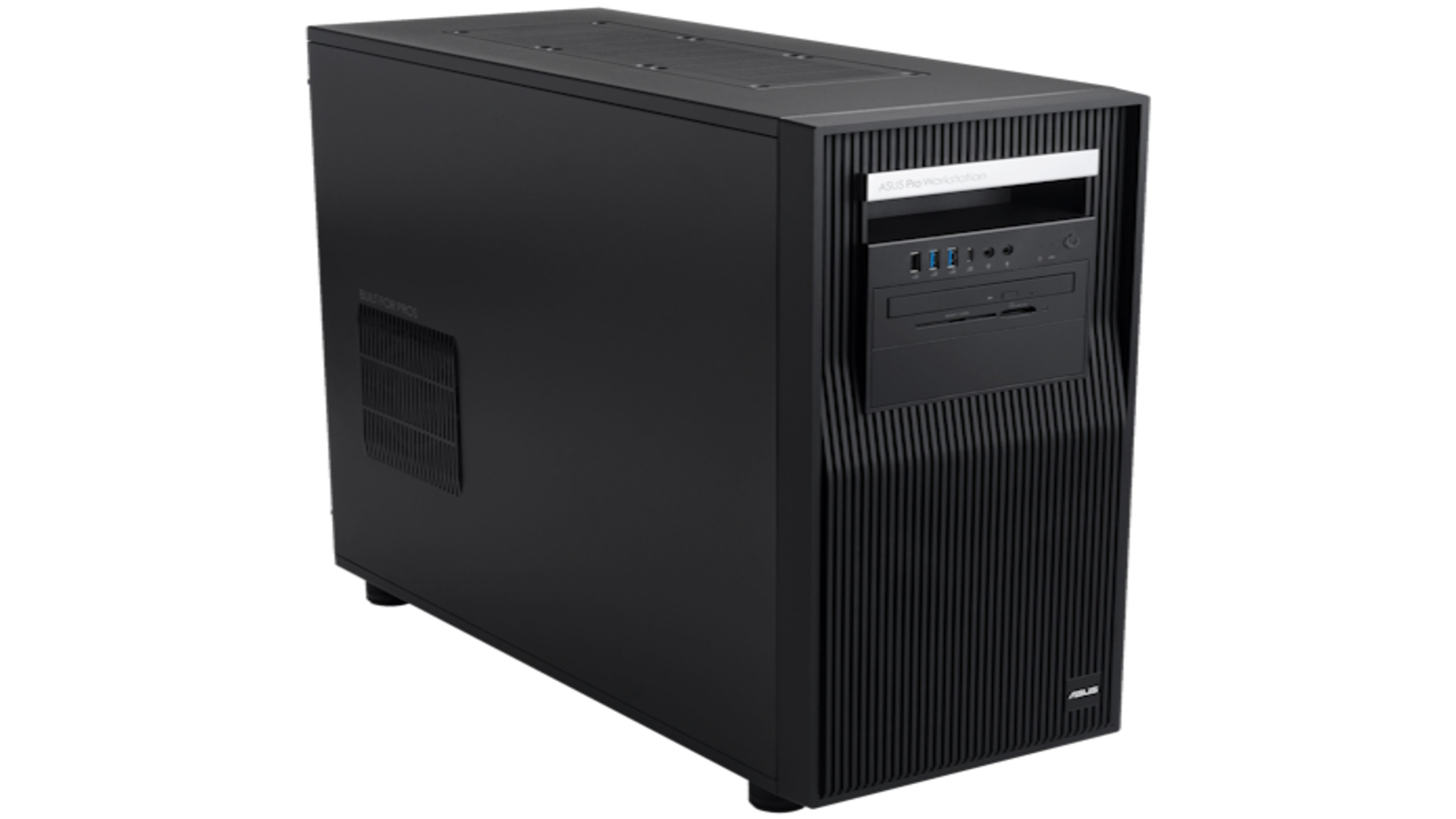























![Apple's 11th Gen iPad Drops to New Low Price of $277.78 on Amazon [Updated]](https://images.macrumors.com/t/yQCVe42SNCzUyF04yj1XYLHG5FM=/2500x/article-new/2025/03/11th-gen-ipad-orange.jpeg)








